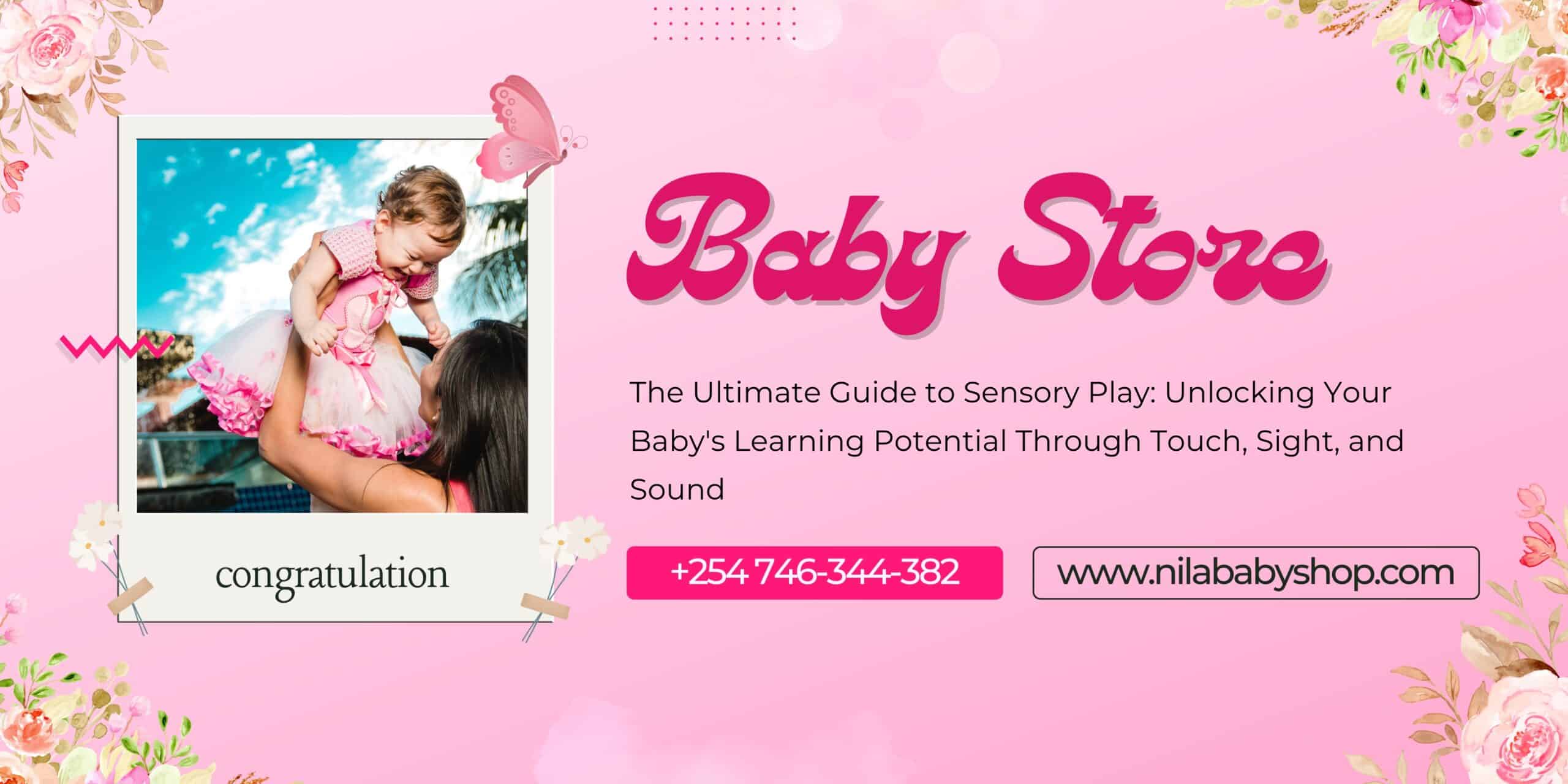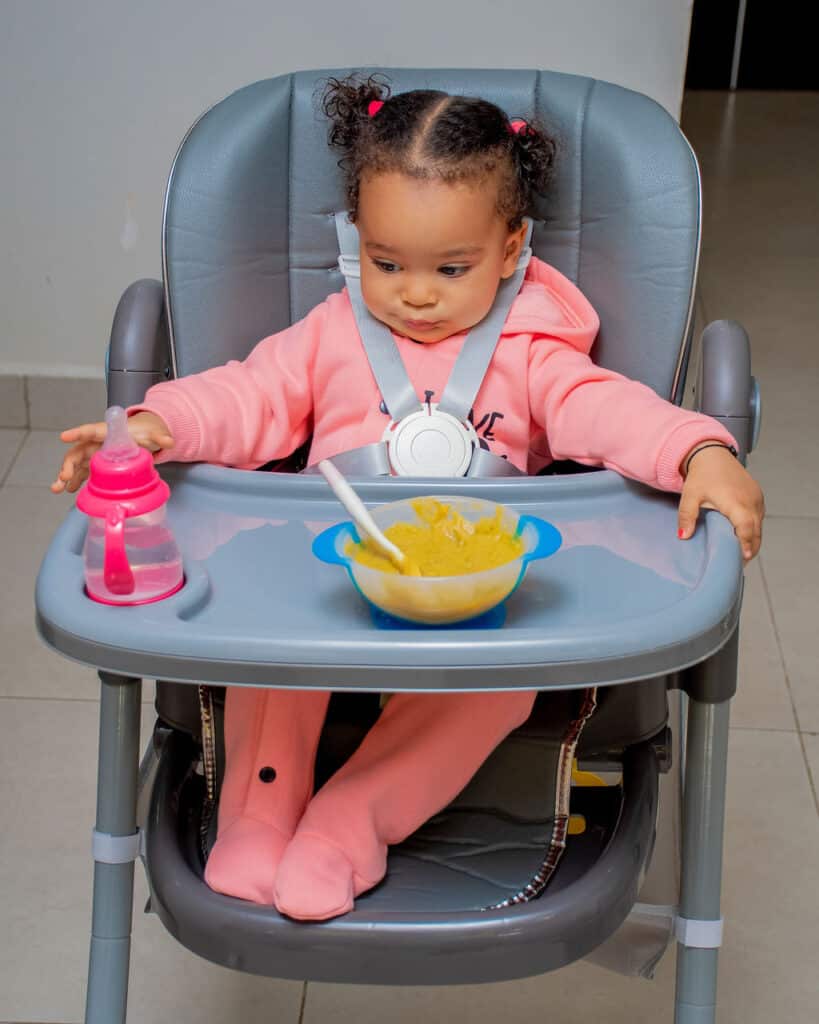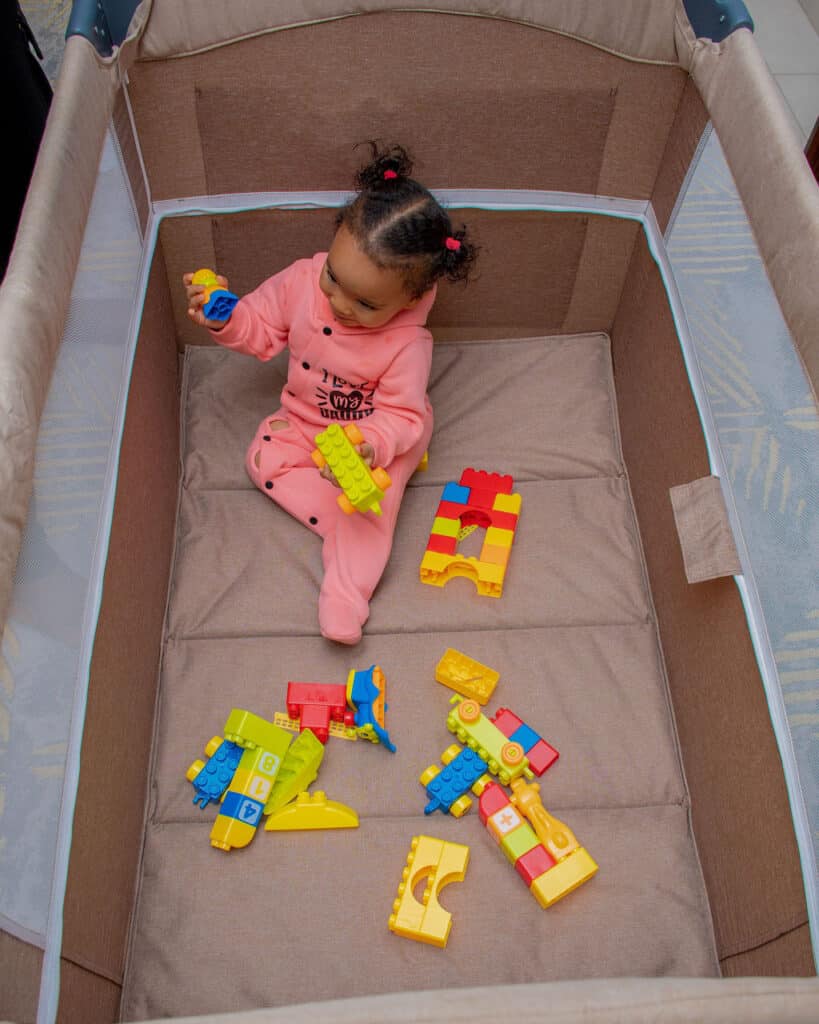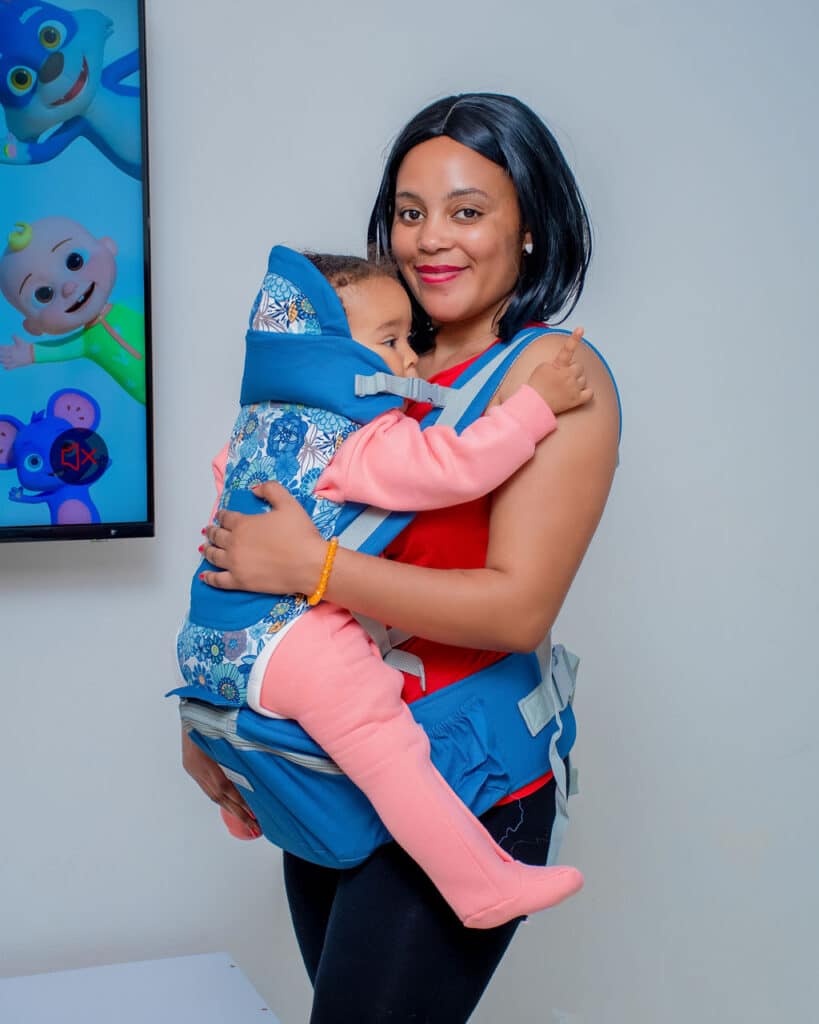
Nila Baby Shop
As parents, we’re constantly amazed by how quickly our little ones absorb information from the world around them. Every touch, sound, and visual experience shapes their developing minds in profound ways. Sensory play isn’t just about keeping your baby entertained—it’s a powerful tool for cognitive development, emotional regulation, and physical growth that will benefit them throughout their lives.
What is Sensory Play and Why Does It Matter?
Sensory play involves any activity that stimulates your baby’s senses: touch, sight, sound, smell, and taste. During the first three years of life, your child’s brain forms over 1 million neural connections every second. These connections are strengthened through repeated sensory experiences, creating the foundation for all future learning.

When babies engage in sensory play, they’re not just having fun—they’re developing crucial skills including:
- Fine and gross motor skills through grasping, pouring, and manipulating objects
- Language development by experiencing new textures and sounds
- Problem-solving abilities as they explore cause and effect
- Emotional regulation through calming or stimulating sensory input
- Social skills when engaging in sensory play with caregivers or siblings
Age-Appropriate Sensory Activities: From Newborn to Toddler
Newborn to 6 Months: Building the Foundation
During these early months, your baby’s sensory system is just beginning to organize itself. Simple, gentle experiences work best:
Visual Stimulation: High-contrast black and white patterns, colorful mobiles, and mirrors help develop visual tracking and focus. Position these items 8-12 inches from your baby’s face for optimal viewing.
Tactile Exploration: The variety of fabric textures against the skin introduces a new dimension. Soft blankets, smooth cotton, and gentle corduroy offer a diverse range of tactile experiences during tummy time and cuddles.
Auditory Development: Soft music, nature sounds, and your voice create a rich auditory environment. Rattles and soft musical toys introduce cause-and-effect learning.
6-12 Months: Active Exploration
As your baby becomes more mobile, their sensory needs evolve:
Texture Baskets: Fill baskets with safe items of varying textures—wooden spoons, soft fabric squares, rubber toys, and crinkly materials. Always supervise and ensure items are too large to pose a choking hazard.
Water Play: Shallow containers with warm water and floating toys provide endless fascination. Add washcloths of different textures for varied tactile experiences.
Musical Exploration: Pots, pans, and wooden spoons become instruments. Shakers with different contents create various sounds and weights.
12-24 Months: Complex Sensory Experiences
Toddlers can handle more complex sensory activities:
Edible Sensory Bins: Cooked pasta, rice, or oatmeal in large containers allows for safe exploration and scooping. Add cups, spoons, and small toys for extended play.
Art Exploration: Finger painting with edible paints, playing with playdough, and experimenting with various drawing tools help develop creativity alongside sensory awareness.
Nature Sensory Walks: Collecting leaves, feeling tree bark, and walking on various surfaces, such as grass, sand, and pavement, provide rich outdoor sensory experiences.
Creating Sensory-Rich Environments at Home
The Sensory Corner

Designate a space in your home specifically for sensory play. This doesn’t need to be large—even a corner of the living room works perfectly. Include:
- A comfortable mat or soft rug for floor play
- Low, accessible storage for sensory materials
- Easy-to-clean surfaces for messy activities
- Good lighting for detailed exploration
Rotating Sensory Materials
Keep your baby’s interest high by rotating sensory materials weekly. Store items in labeled containers and introduce 2-3 new textures or activities each week while keeping a few favorites available consistently.
Safety Considerations
Always prioritize safety in sensory play:
- Supervise all activities, especially with small objects
- Choose age-appropriate materials
- Regularly inspect toys for wear and damage
- Use non-toxic, baby-safe materials for all activities
- Be mindful of allergies when introducing new materials
The Science Behind Sensory Processing
Understanding how your baby processes sensory information helps you create more effective experiences. Some children are sensory seekers who crave intense input, while others are more sensitive and prefer gentler experiences. Watch your baby’s cues:
Sensory Seeking Signs: Constantly touching everything, seeking loud noises, enjoying rough play, or needing more input to feel satisfied.
Sensory Sensitive Signs: Covering ears with loud sounds, avoiding certain textures, becoming overwhelmed in busy environments, or showing distress with unexpected touch.
Neither type is better or worse—they’re just different ways of processing the world. Adapt your sensory activities to match your child’s preferences and comfort level.
DIY Sensory Play Ideas Using Household Items
You don’t need expensive toys to create rich sensory experiences:
Kitchen Sensory Bin: Fill a large container with dried beans, rice, or pasta. Add measuring cups, spoons, and small toys for hours of exploration.
Bubble Wrap Stomp: Tape large pieces of bubble wrap to the floor for a satisfying tactile and auditory experience.
Frozen Sensory Bags: Fill ziplock bags with hair gel, water beads, or corn syrup, seal securely, and tape edges for a mess-free sensory experience.
Texture Board: Glue different materials like sandpaper, felt, bubble wrap, and fabric squares to a large piece of cardboard for tactile exploration.
When to Seek Professional Guidance
While most children develop sensory processing skills naturally, some may need additional support. Consider consulting an occupational therapist if your child:
- Consistently avoids or seeks extreme sensory input
- Shows distress with regular daily activities like bathing or dressing
- Has difficulty with transitions or changes in routine
- Struggles with fine or gross motor skills beyond typical developmental ranges
Building Sensory Play Into Daily Routines
Sensory experiences don’t require special time set aside—they can be woven throughout your day:
- Bath Time: Add different textured washcloths, floating toys, and cups for pouring
- Meal Time: Encourage exploration of food textures, temperatures, and flavors
- Diaper Changes: Use different textured wipes or let your baby feel different fabric types
- Outdoor Time: Point out different sounds, textures, and sights during walks
The Long-Term Benefits of Sensory Play

Consistent sensory play experiences in early childhood create lasting benefits:
- Academic Readiness: Children with rich sensory experiences often show better focus and learning readiness in school
- Emotional Regulation: Understanding their sensory preferences helps children self-regulate emotions throughout life
- Social Confidence: Comfortable with various sensory experiences, children feel more confident in new situations
- Creative Thinking: Exposure to diverse sensory experiences fosters creativity and problem-solving skills
Nurturing Your Baby’s Sensory Development
Sensory play is one of the most natural and effective ways to support your baby’s development. By understanding your child’s unique sensory needs and providing rich, varied experiences, you’re laying the groundwork for a lifetime of learning and growth.
Remember that the best sensory experiences are often the simplest ones. Your loving interaction, attention to your baby’s cues, and willingness to explore together matter more than any expensive toy or elaborate setup. Start small, observe your baby’s responses, and build from there.
Every moment of sensory exploration is an investment in your child’s future. Whether they’re feeling the texture of a soft blanket, listening to your voice, or discovering the weight of different objects, they’re building the neural pathways that will serve them throughout their lives.
Ready to enhance your baby’s sensory development? Explore our carefully curated selection of sensory toys, textured books, and developmental play items at Nila Baby Shop. Our expert team has carefully selected products that support healthy sensory development, ensuring safety and durability for your precious little one.
Do you have questions about sensory play or need recommendations for your baby’s specific needs? Contact our knowledgeable team at Nila Baby Shop—we’re here to support you on your parenting journey.
Written by Nila Baby Shop
Best Baby and Mother Products Store. Our main objective is to provide an exceptional online shopping experience, home delivery, and prompt customer service.
Leave a Reply